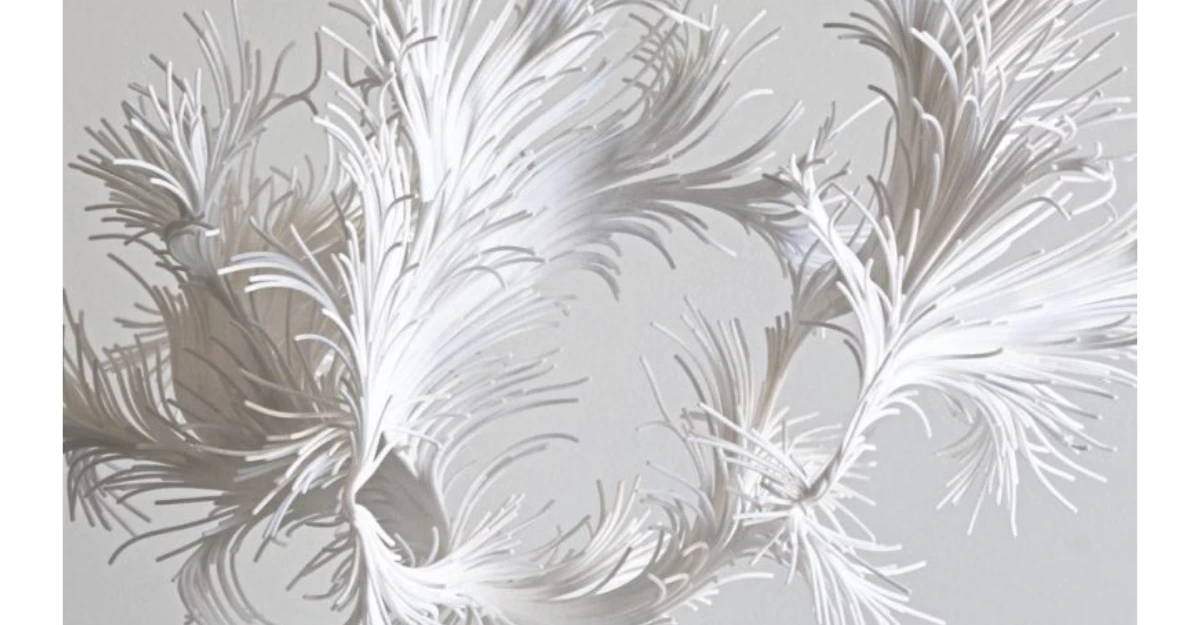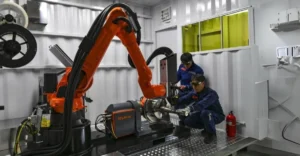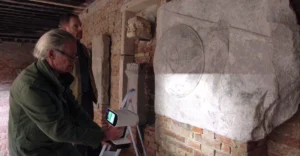Multimedia artist Filippo Nassetti uses 3D printing to create a sculpture visualizing lung airflow, merging art, science, and technology.
Multimedia artist Filippo Nassetti has unveiled Breathing Architecture II (2025), a striking 3D-printed sculpture that visualizes the intricate airflow within human lungs. The piece, measuring 45 x 26 x 31 cm, was created using Selective Laser Sintering (SLS) technology and Nylon material, with delicate branches as thin as 1.6 mm tracing the path of air particles.

The project builds on Nassetti’s earlier work, Breathing Architecture (2024), which began as a collaboration with the Barcelona Supercomputing Center through the S+T+ARTS AIR Residencies program. Using high-resolution simulations, Nassetti developed a procedural method to model airflow and particle deposition in alveolar tissue, transforming raw scientific data into an artistic representation.
More than being aesthetically pleasing, Breathing Architecture II also points to the ways in which art can help further scientific understanding. Nassetti says having an artist’s spatial sensibility can complement more traditional analytic approaches, creating new ways for simulating complex biological systems. This interdisciplinary synthesis has manifested into real-world practice, with the project’s simulation framework recently contributing to tuberculosis research led by the research team at the 35th Parallel CFD International Conference 2024.
Nassetti’s work builds on his exploration of the human form via technology. Earlier projects like the Superabundance Mask (2018) and the Postnatural Head (2021) similarly entwine ideas of generative design, 3D printing and biological inspiration, straddling art and science.
Read more : Axtra3D Grows in Q1 and Expands at Rapid + TCT 2025
Breathing Architecture II is not simply a solution-focused object, it is a source of inspiration that aims to highlight the increasing overlap and potential of art, human creativity and scientific problem solving.
































